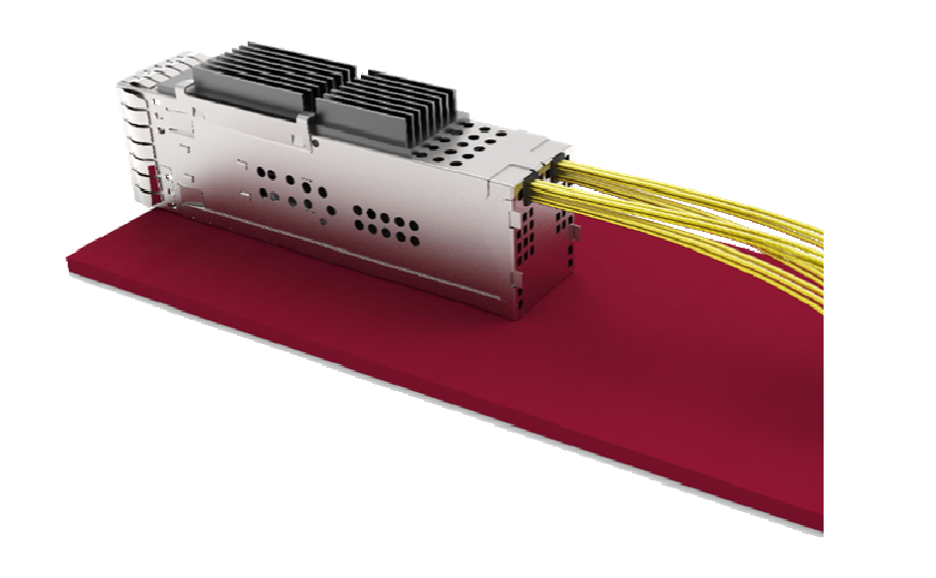
Written by Ray Nering
Traffic across IP networks continues to grow, and networks continue to evolve to manage new traffic patterns and demands. This has always been the case, and the industry has a long history of developing new standards through various organizations, such as the IEEE and ITU, and through multi-source agreement (MSA) groups. These standards enable component suppliers, equipment manufacturers, and service providers to interconnect and link networks together as seamlessly as possible. The latest MSA, QSFP-DD800, lays the foundation for 800G Ethernet pluggable optics.
Over the past few years, the industry has been focused on 400GE standards. For 400GE applications, there is a host of new MSAs, and the IEEE has developed a new Media Access Control (MAC), as well as optical and electrical interfaces. Last year, there were many announcements from network equipment suppliers about their next-generation switches and routers with expanded capacity and 400GE port capability. As these next-gen systems begin deployment, industry standards organizations and MSA groups are starting to look ahead at the next step in speeds.
Last September, the formation of the QSFP-DD800 MSA group was announced. Founded by Broadcom, Cisco, Finisar, Intel, Juniper, Molex, Marvell, and Samtec, the mission was to leverage the cornerstone of high-speed pluggable modules – the QSFP form factor – for 800G applications. Back in January, I wrote a blog about the MSA group and its plans and motivations for the new specification. On March 3 of this year, the QSFP-DD800 MSA group released its Rev.1.0 specification. The new form factor specification is a follow on to the QSFP-DD specification. It increases the data rate of each of the eight lanes to 100Gbps and defines the 8-channel module cage and connector system. This new specification supports up to 800Gbps in aggregate and is backward compatible with all other QSFP-based modules.
Since this specification is a follow on to the QSFP-DD MSA, any requirement not defined in the QSFP-DD800 form factor specification should default to the most recent update of the QSFP-DD requirements found on the QSFP-DD MSA website. One feature of the new QSFP-DD800 requirements is an updated paddle card modified to support 100Gb/s lanes and still retain backward compatibility across all other QSFP modules. It also provides for additional heat sinking surfaces. The 1×1 cage design has the same mechanical outline as the QSFP-DD 1×1 connector/cage. A new cage 2×1 cabled connector/cage design is specified, where the lower port uses SMT connections to the PCB, and the high-speed lanes for the upper port are carried through the cable, as shown in the figure below.

The QSFP-DD800 MSA designs will accommodate all of the package types already configured in the QSFP-DD MSA, including Type 1, Type 2, and Type 2A.
In my next blog, I’ll share developments in 800G signaling standards. In the meantime, you can find all Cisco optics solutions on our website.

It’s really awesome and we can use on uplink steam